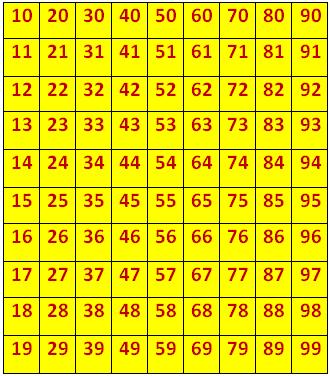Which of these do you think is the biggest number?
-Number of cells in the human body
-Number of different orders you could shuffle a deck of cards
-Number of stars in the universe
-Number of seconds since the beginning of the time
-Number of stars in the universe
-Number of seconds since the beginning of the time
Source:@ToddMalarczuk
 |
| http://www.planetsmarty.com/2016/07/b-is-for-big-numbers.html |













